Week Ending February 28, 2016
/During the final week of February, temperatures rose to an average daily high of 61.6 degrees F (+2.0 degree shift from previous week), and the average lows also rose to 50.1 degrees F (an extreme +12.7 degrees F shift); 0.4 inches of precipitation accumulated through the week. We had one instance of severe weather, occurring on Wednesday as a major cold front moved across the core of the continent, spawning a rash of tornadoes along the Gulf Coast and in northeastern North Carolina and crossing into Virginia. An EF1 tornado touched down nearly Waverly, VA killing 3 individuals. A second tornado, an EF3 hit Tappahannock later in the evening, causing mass injuries. Fortunately, Virginia Beach just experienced strong winds and some driving rain, but no injuries or casualties resulted from the unseasonal February storm event. While Wednesday was mostly a wash for birders, there was still a good number of rarity sightings throughout the week here. The Eurasian Wigeon drake that has become a winter resident on Wishart Lake was observed again on Sunday (Cheryl Jacobson) though the views of this lake from the roadways often required multiple visits before it happens to be in the right spot to be viewable. The Lark Sparrow that has been at Back Bay NWR for three weeks now continued at the same location with several sightings on both Saturday and Sunday. On Friday morning, a pair of birders (Richard Korpi & Phil Lehman) observed and photographed a Cave Swallow at Pleasure House Point, which could possibly be the same bird that had been observed there in early January. A few of us made an attempt at re-finding this bird on Sunday morning, but no swallows were observed while we were at the park from 7-7:30 AM. Lastly, I was lucky enough to observe and photograph an adult Iceland Gull on the first island (South Thimble Island) of the Chesapeake Bay Bridge-Tunnel on Sunday morning while birding with Matt Anthony, Todd Day, James Fox, Geoff Giles & Jason Strickland. Karen & Keith Roberts also happened to be there shortly after, and at least one other individual (Vickie Bell) saw it before it must have flow off since later eBird reports didn’t have the bird being picked up. From the photographs I took, I can’t tell with certainty if this is the same individual that had been observed about 10 miles away at the oceanfront in late January (Jeff Byrd) / early February (Andrew Baldelli) but it is a possibility since adult Icelands are by no means common here. This week held better counts & diversity of waterfowl species, but the numbers still seem low. Red-necked Grebes and Razorbills were observed by several individuals and at several locations which is a positive sign. These species had previously been pretty tough to nail down so far this year. As always, all noteworthy observations have been added to the log Here.

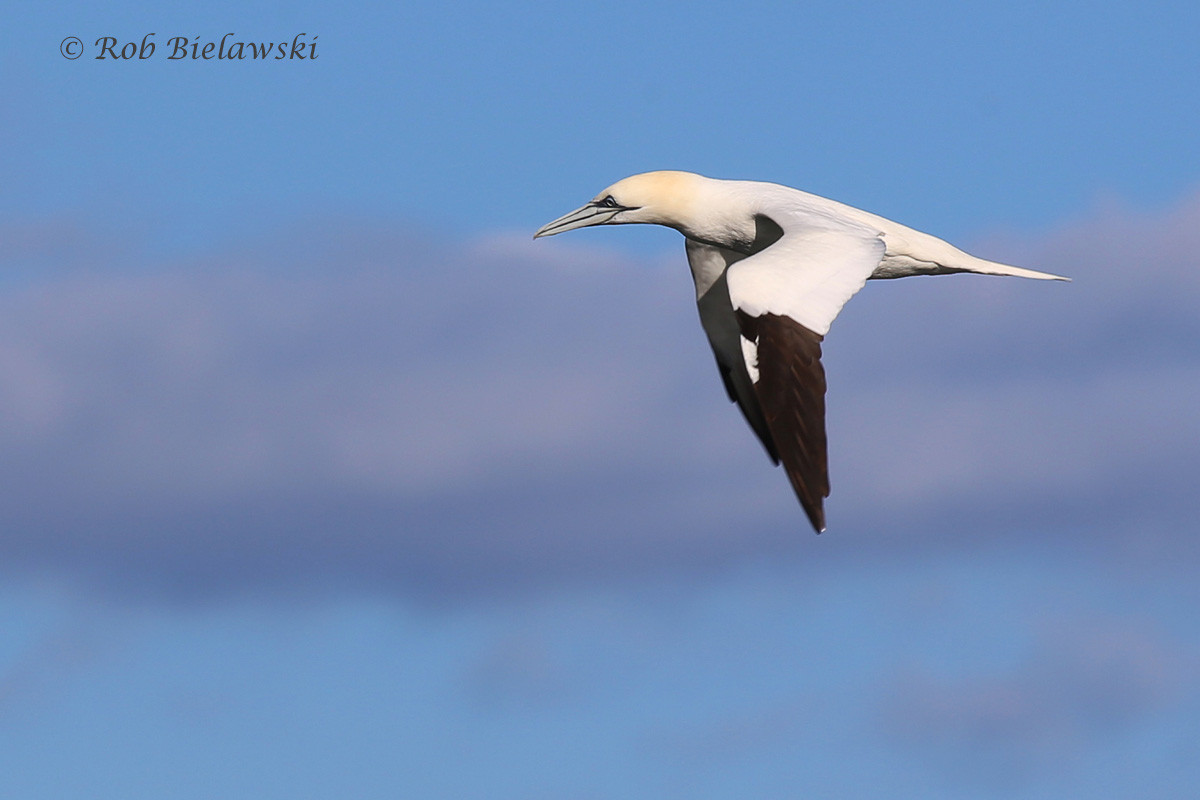

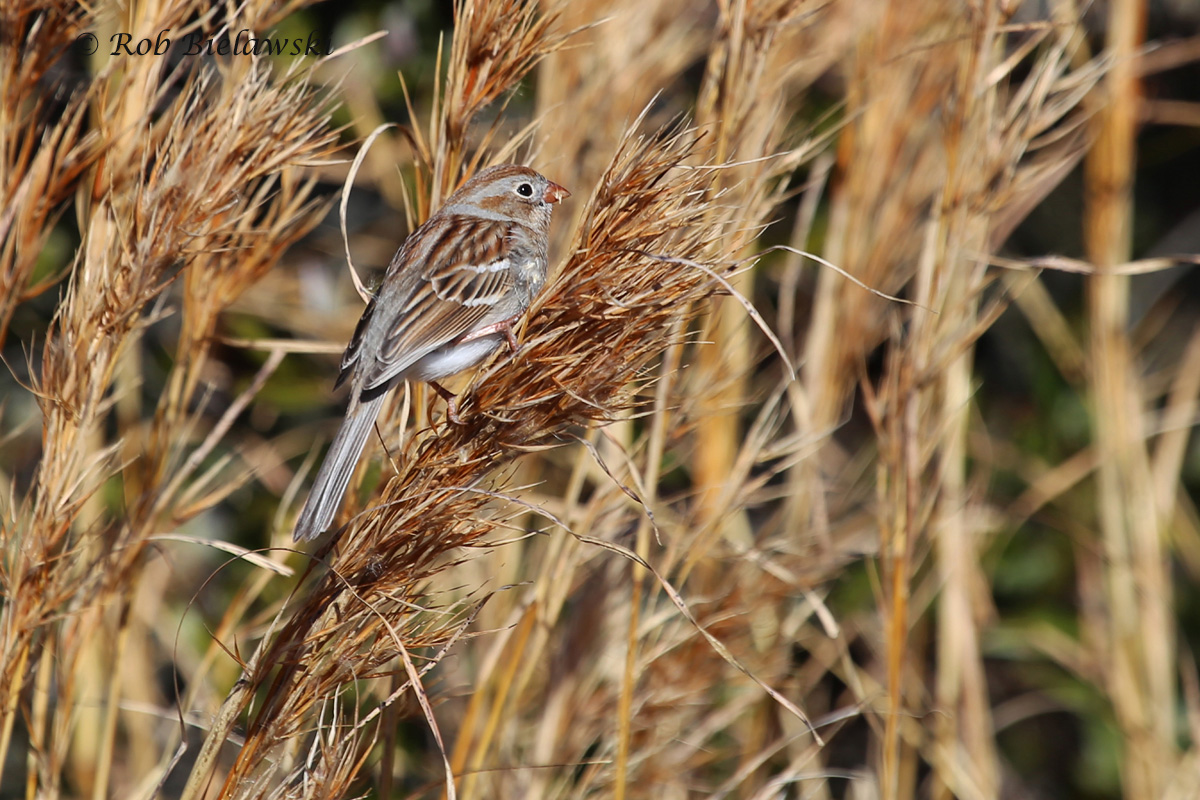



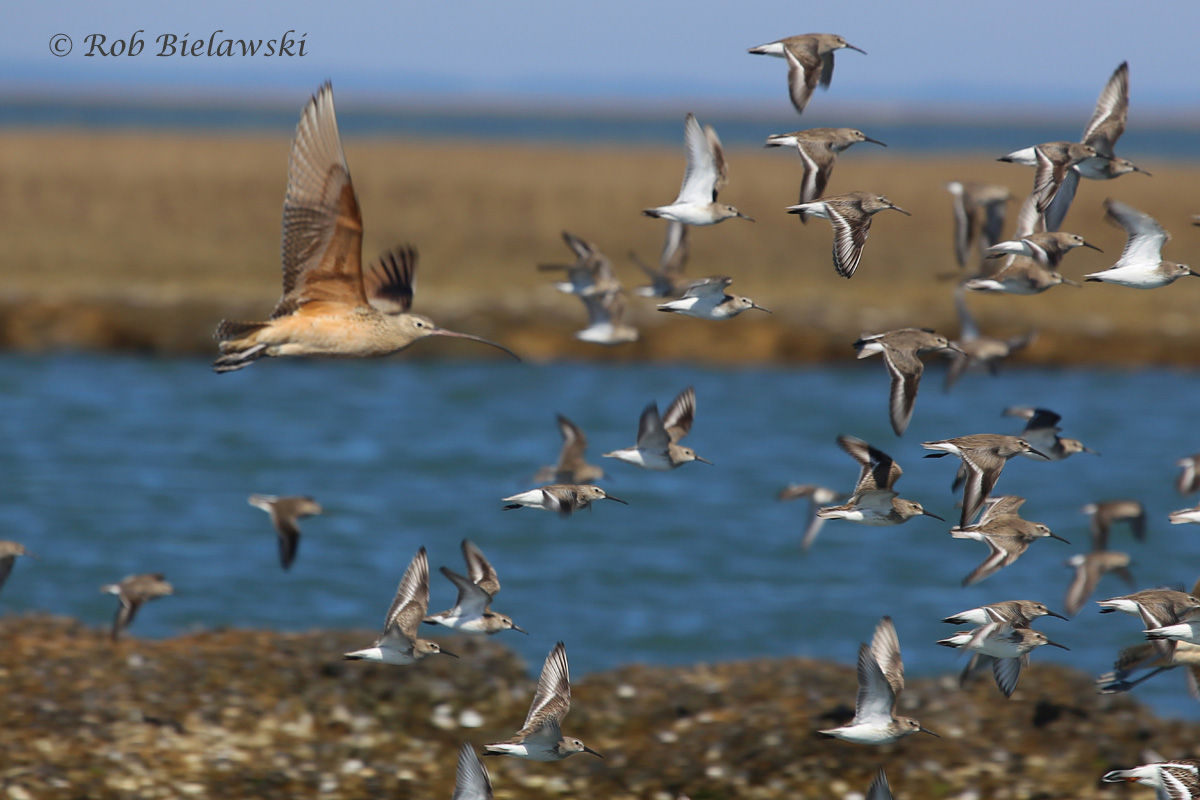

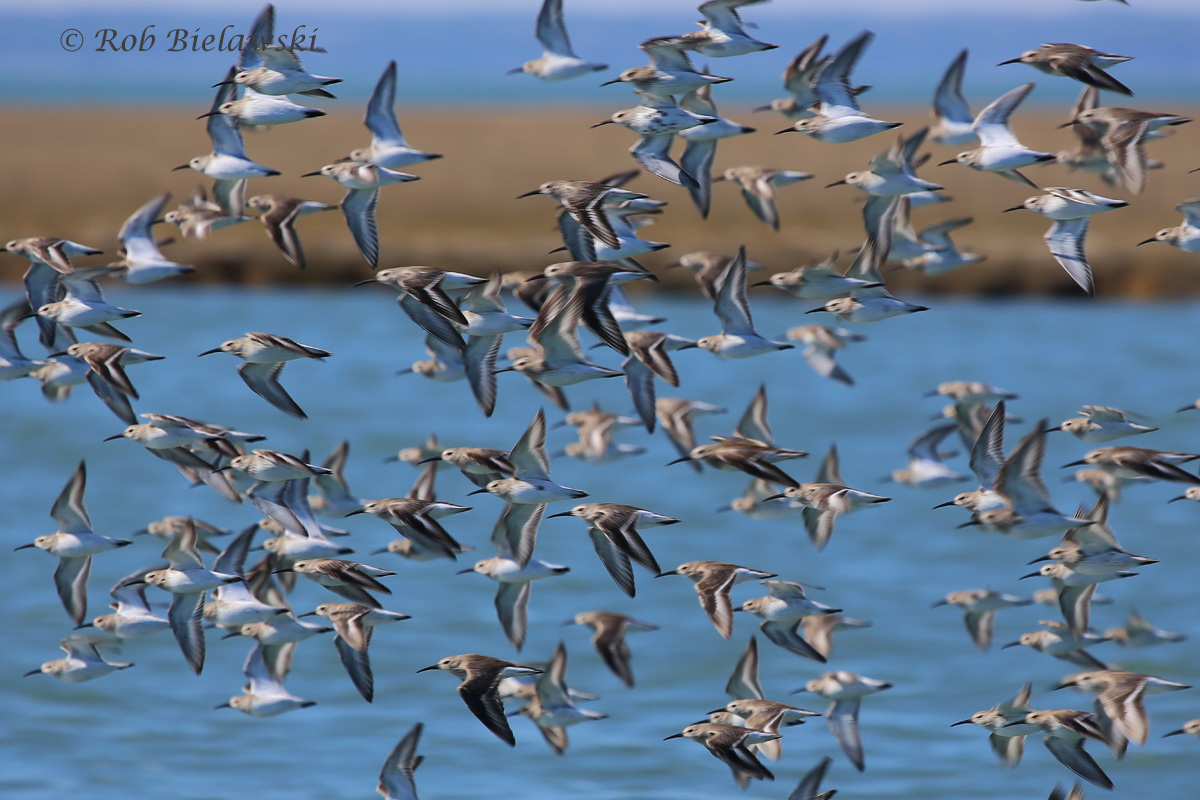
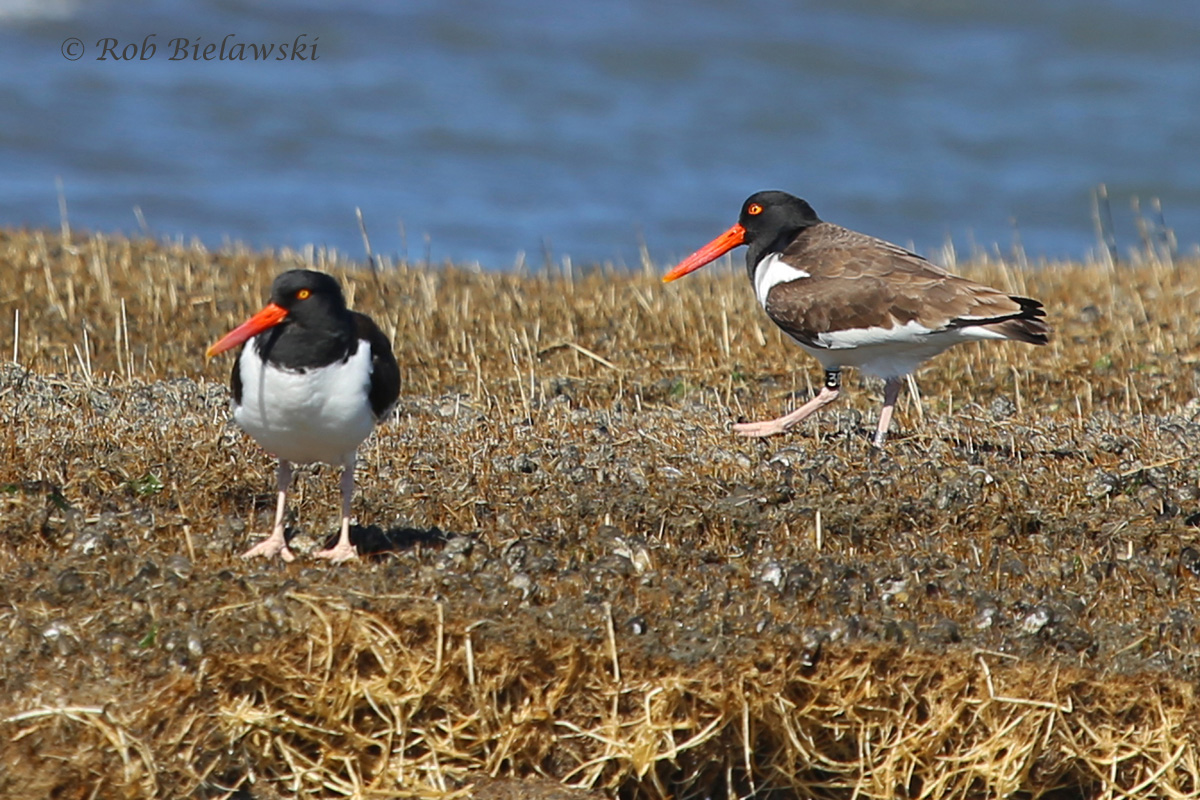
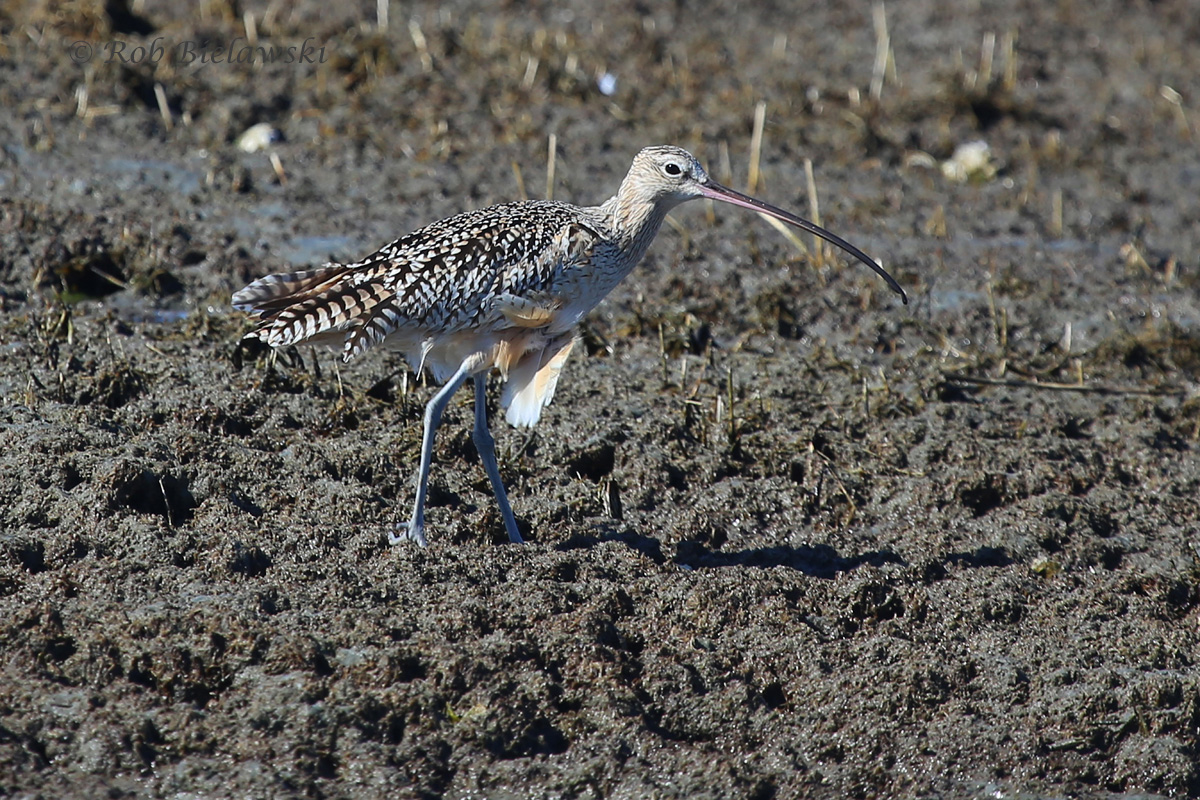
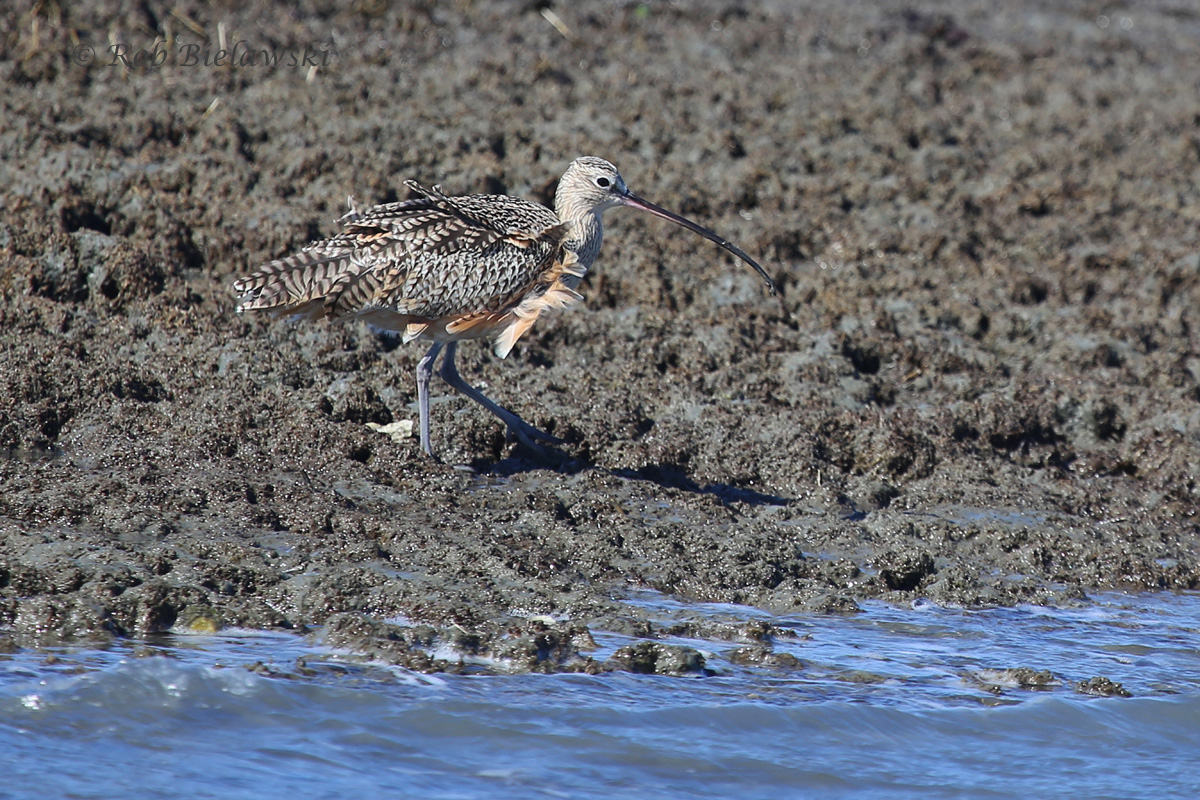
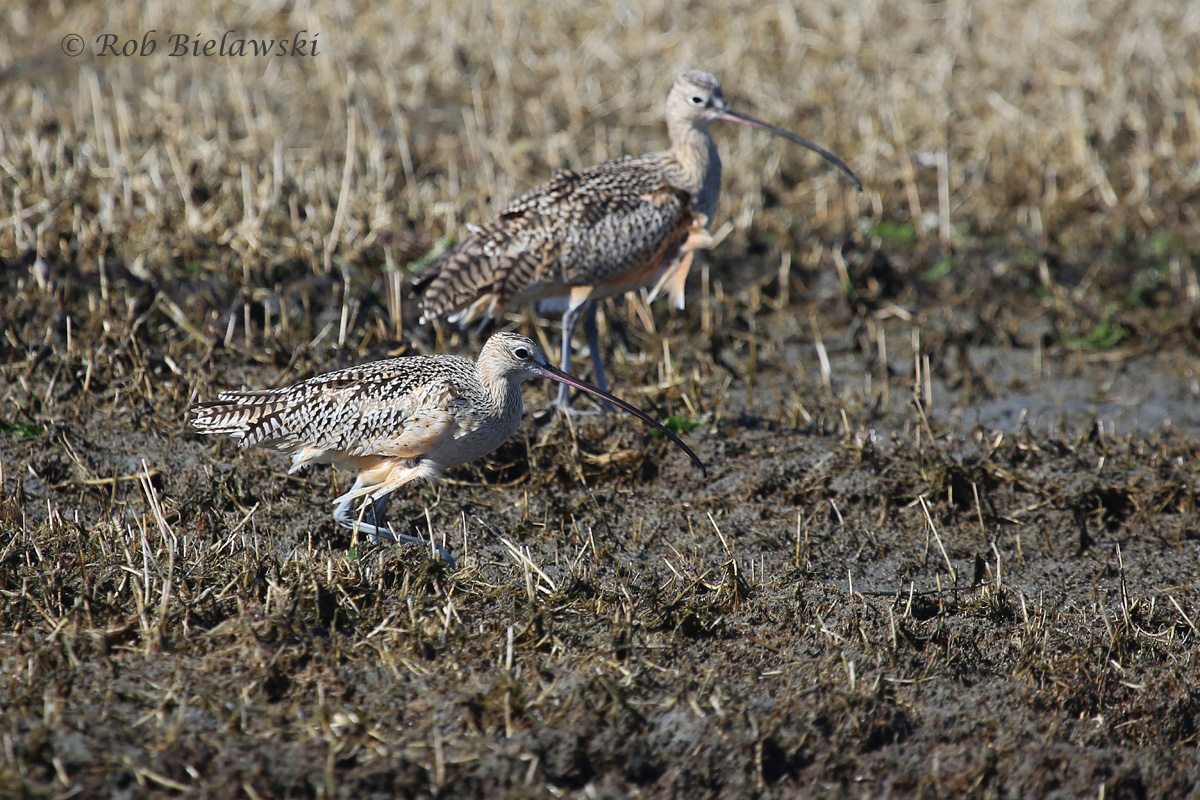
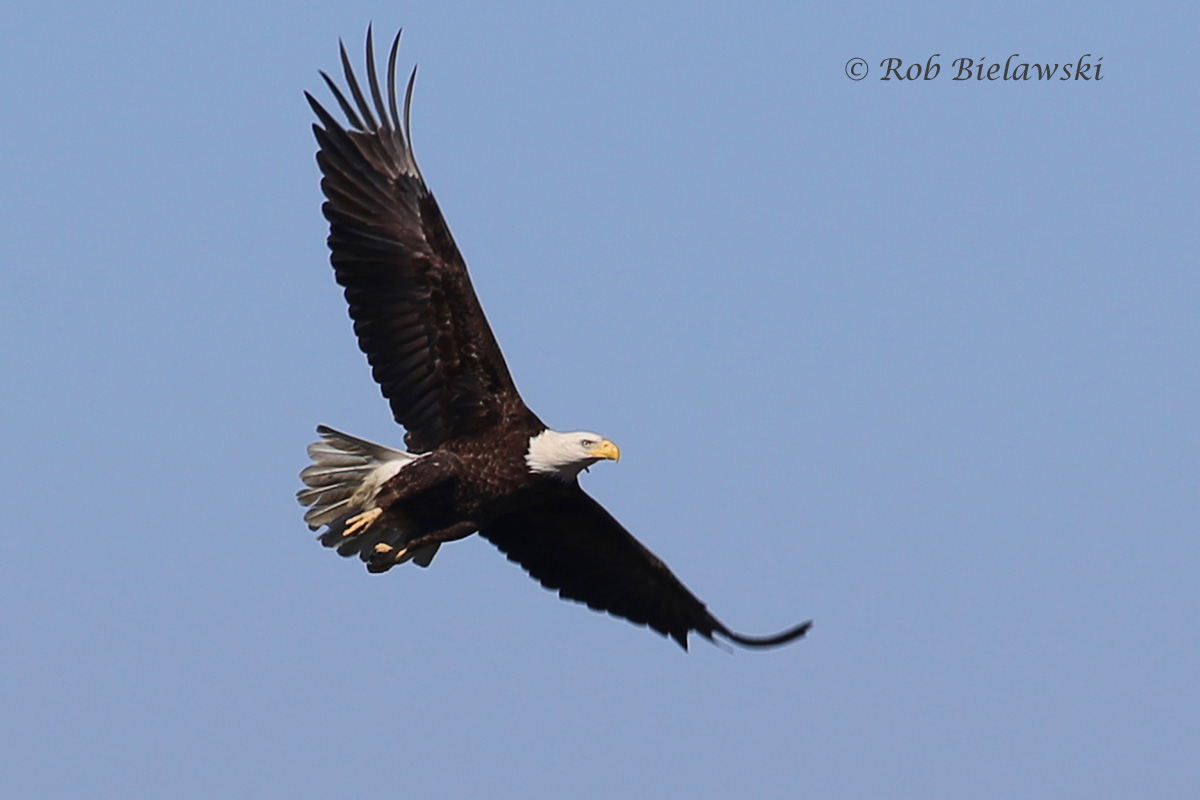
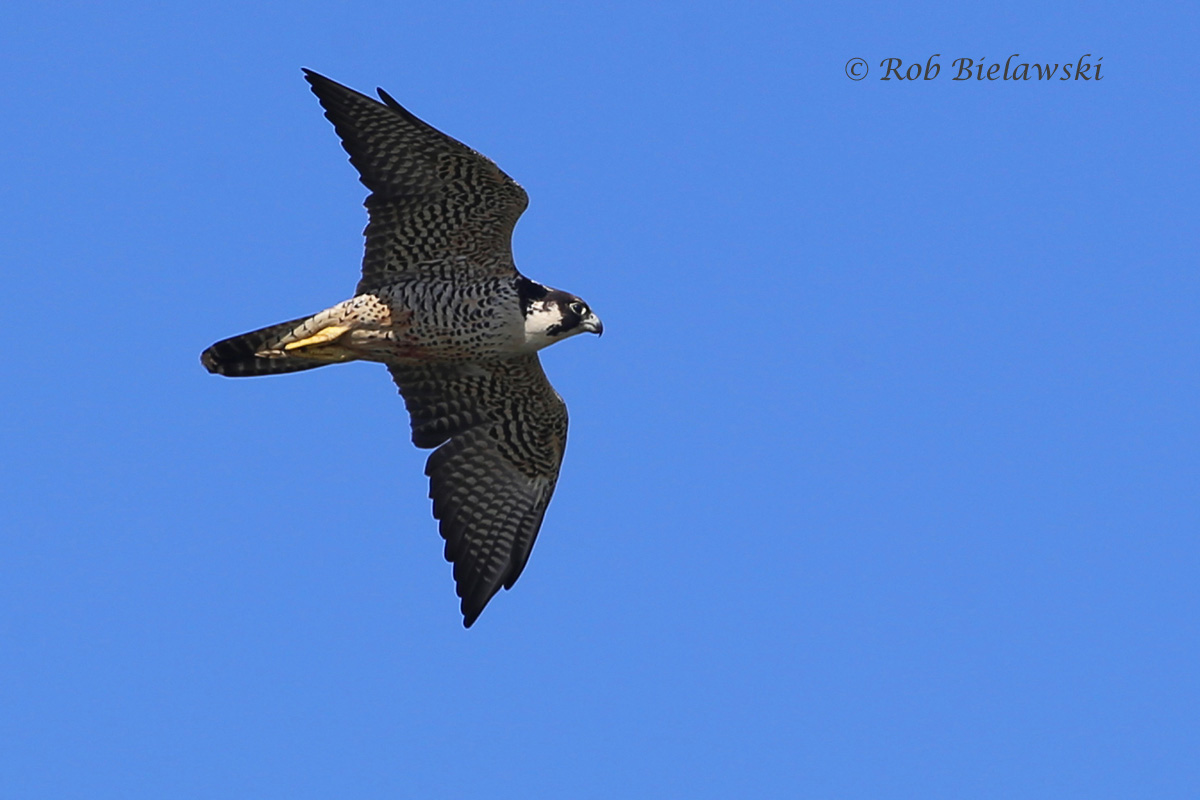
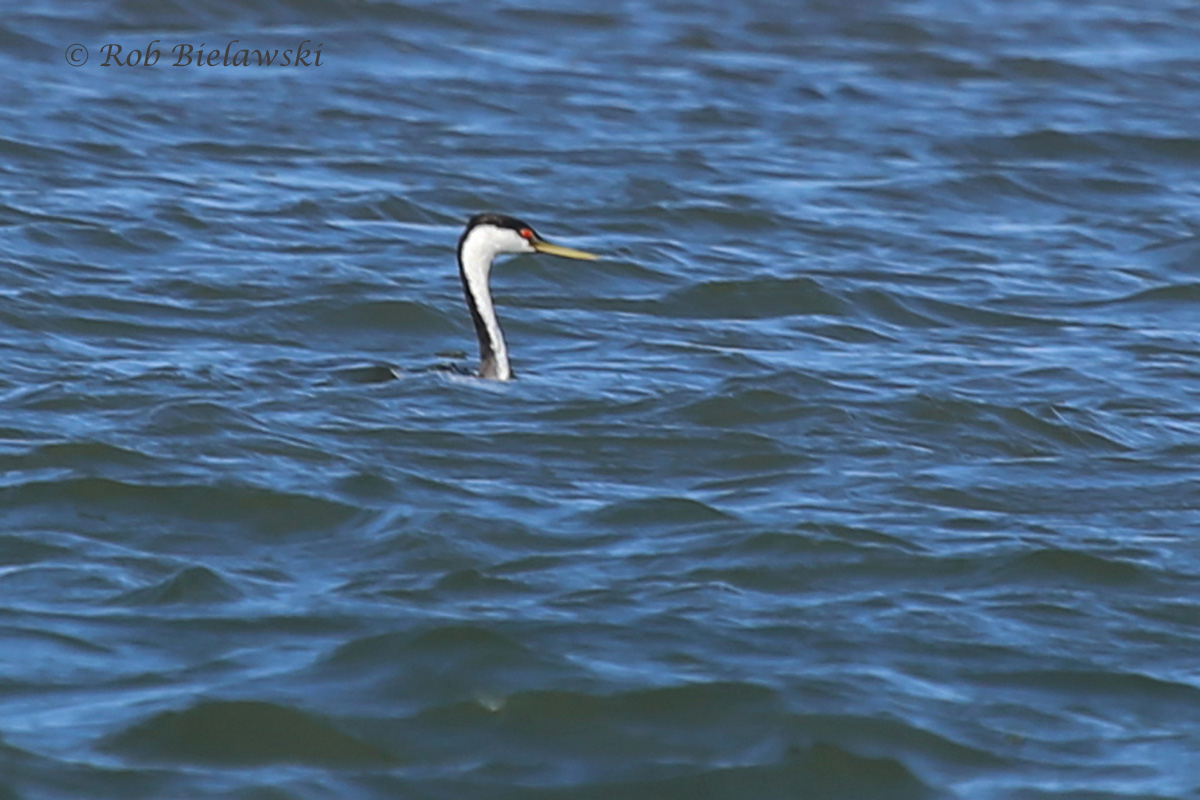
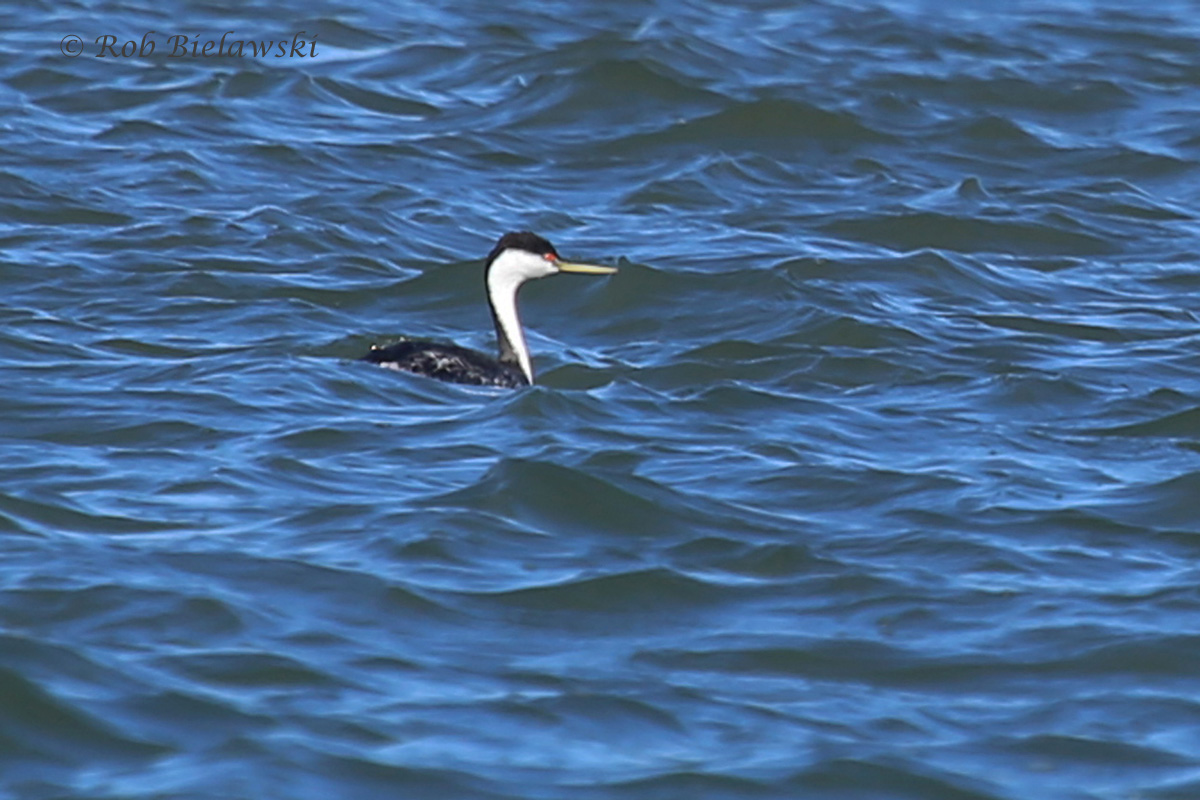

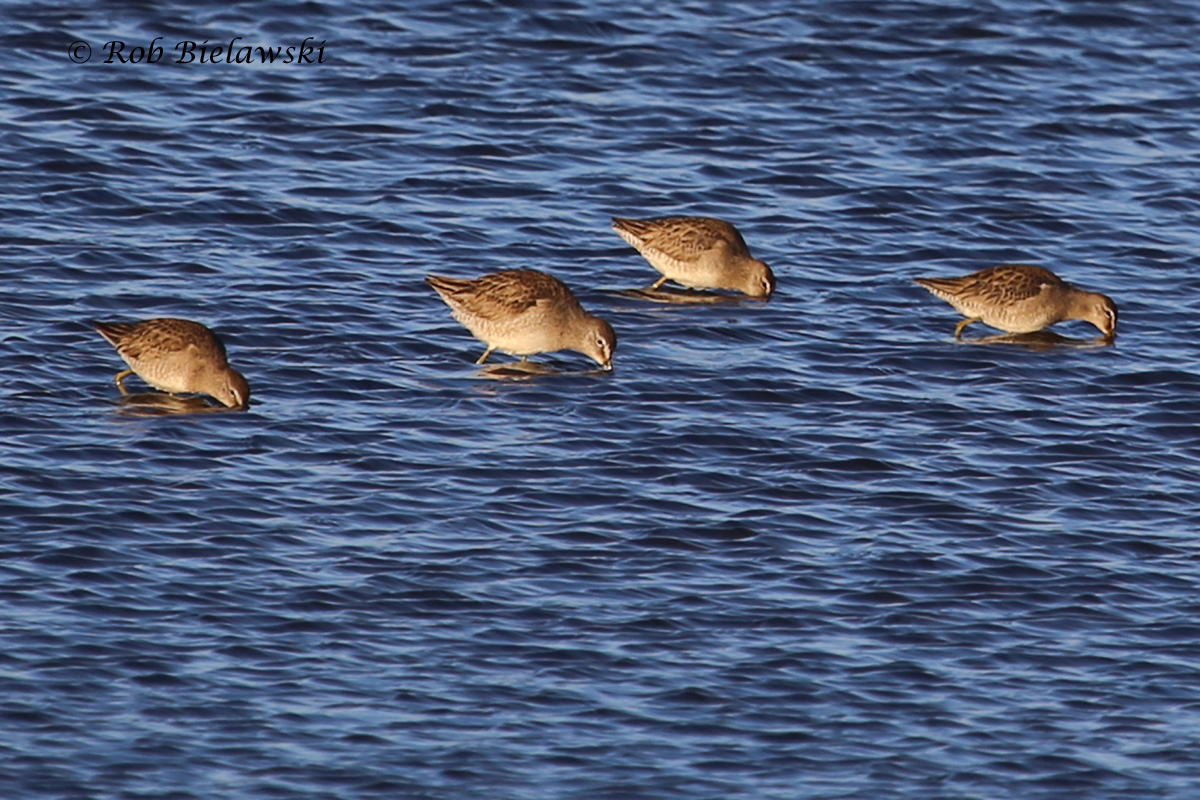
Though we’re starting to see more light in the evenings snow, I didn’t get out birding until Friday when I did a quick trip to the first island, and then down to Rudee Inlet where Tracy Tate & Cathy Willimson got me on my first Razorbill in the county! I spent some time on Saturday birding locally at Back Bay, but Sunday was really my full day out this week. As mentioned above, on Sunday I was out birding with a group of stellar birders, and we took a boat ride through Rick Kellam’s Broadwater Bay Ecotours out onto the barrier island lagoon system of neighboring counties Northampton & Accomack on the Eastern Shore. Our intent was to put eyes on a small wintering population of Long-billed Curlews that had been observed back in December. Departing Willis Wharf just before 10 AM, we made our way through tidal creeks out towards Gull Marsh, a collection of low-lying grassy islands. After about 3 hours of intently searching for the birds, we finally came upon them, mixed in with some American Oystercatchers, and Dunlin. We observed them from a healthy distance, and then moved around a bit to get in a better spot to document with photographs. The length of the bills was certainly incredible to view, and it was easy to see the color difference in their cinnamon plumage that the similar Whimbrels we get here on the coast during migration lack. After everyone was satisfied, we headed back towards Willis Wharf and ended up being center stage for a Peregrine Falcon show. One individual chased multiple Buffleheads and Horned Grebes, at amazing speeds, circling around several times but never quite coming up with a meal. One Bufflehead must have hit the water at about 30 mph and instantly disappeared, with the falcon right on its tail. About 2 miles from Willis Wharf, and just after the falcon excitement, we almost ran headfirst into a Western Grebe! Several of us saw the bird from far out, but Todd was the one who shouted for the boat to stop when he realized what it was. The bird dove, but over the next half hour, we got great looks as it resurfaced over and over again. Our initial sightings of the bird was in Northampton County per the USGS quadrangle map of the area, but the bird also moved to the other side of the river in Accomack County. Given our intent was to see some curlews, it was nothing short of incredible that we got to see those, and a Western Grebe, which is a VARCOM reviewable bird in the state, and will only be the second record in each of the two counties! After the trip, I had almost forgotten about the Iceland Gull seen earlier in the day, which is absurd; on any other day that Iceland would have been the crown jewel, especially since it was in my home county, but this day was just one for the books (or the blog in this case). Todd, Matt, James & I went on to Chincoteague, and Saxis afterwards, adding an Eastern Screech-Owl that remained just out of sight, but continuously called to us for a half hour or so after dark. It was a 7 AM to 7 PM birding day, but boy did it turn up some great species!